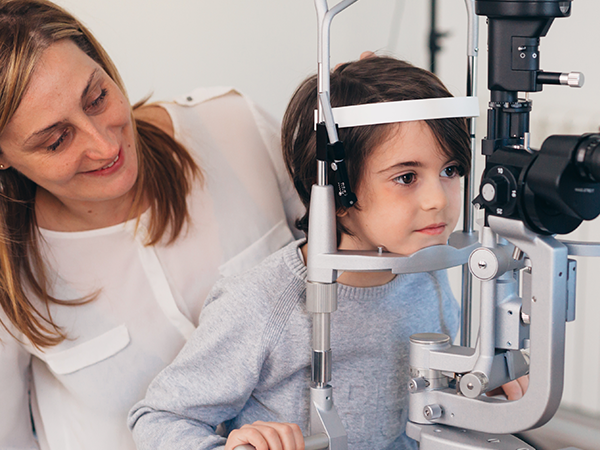
Low vision is a term used to describe a significant visual impairment that cannot be corrected with standard eyeglasses, contact lenses, or surgery. This type of vision loss can make it challenging to perform everyday tasks, such as reading, writing, driving, and even recognizing faces. Understanding the common causes of low vision and how they impact daily life is crucial for individuals to seek appropriate treatment and support.
Age-Related Macular Degeneration (AMD)
Age-related macular degeneration is one of the leading causes of low vision in older adults. This condition affects the macula, the part of the eye responsible for central vision, causing it to deteriorate over time. As a result, individuals with AMD experience blurred or distorted central vision, making it difficult to read, recognize faces, and perform tasks that require fine detail.
Diabetic Retinopathy
Diabetic retinopathy is a complication of diabetes that affects the blood vessels in the retina, the light-sensitive tissue at the back of the eye. This condition can cause vision loss by damaging the retina, leading to blurred vision, blind spots, and ultimately, low vision. Individuals with uncontrolled diabetes are at a higher risk of developing diabetic retinopathy.
Glaucoma
Glaucoma is a group of eye conditions characterized by increased pressure within the eye, which can damage the optic nerve and lead to vision loss. While glaucoma often affects peripheral vision first, it can progress to cause low vision, making it difficult for individuals to navigate their environment and perform daily tasks.
Cataracts
Cataracts are a common condition that causes the lens of the eye to become cloudy, resulting in blurred, distorted, and decreased vision. This can significantly impact an individual's ability to perform tasks such as reading, driving, and recognizing faces. Cataracts are often associated with aging but can also develop due to other factors, such as eye injuries or certain medical conditions.
The Impact of Low Vision on Daily Life
Low vision can have a significant impact on an individual's daily life, affecting their ability to perform routine tasks and maintain their independence. Here are some of the ways low vision can affect daily life:
Reading and Writing: Individuals with low vision may struggle to read small print, such as in books, newspapers, or on labels, making it difficult to perform tasks that require reading and writing.
Mobility and Navigation: Low vision can make it challenging for individuals to navigate their environment, leading to increased risk of falls and accidents. Individuals may have difficulty recognizing obstacles, stairs, or changes in terrain.
Driving: Driving with low vision can be extremely dangerous, as it can impair an individual's ability to see road signs, traffic signals, and other vehicles, putting themselves and others at risk.
Personal Care and Household Tasks: Everyday tasks, such as grooming, cooking, and cleaning, can become more challenging for individuals with low vision, potentially compromising their safety and independence.
Social Interaction: Low vision can also impact an individual's ability to recognize faces and engage in social activities, leading to feelings of isolation and decreased quality of life.
The Importance of Regular Eye Exams for Early Detection and Prevention
Regular eye exams are crucial for the early detection and prevention of conditions that can lead to low vision. By identifying eye diseases and vision problems early, optometrists can implement appropriate treatment and management strategies to slow the progression of vision loss and maintain the individual's quality of life.
Additionally, advances in assistive devices and technologies have greatly improved the quality of life for individuals with low vision. These tools and technologies can help mitigate the challenges faced in daily activities and promote greater independence and inclusion.
Get in Touch with GrandView Eyecare Today
Low vision is a complex and multifaceted condition that can significantly impact an individual's daily life. Understanding the common causes of low vision is crucial for early detection, prevention, and effective management.
If you or a loved one is experiencing vision challenges, contact GrandView Eyecare. Our comprehensive eye exams and personalized treatment plans can help identify the underlying causes of low vision and provide the best possible solutions to improve your daily life. Visit our office in Fairbury or Hebron, Nebraska. Call (402) 729-6162 or (402) 768-6651 to schedule an appointment today.







